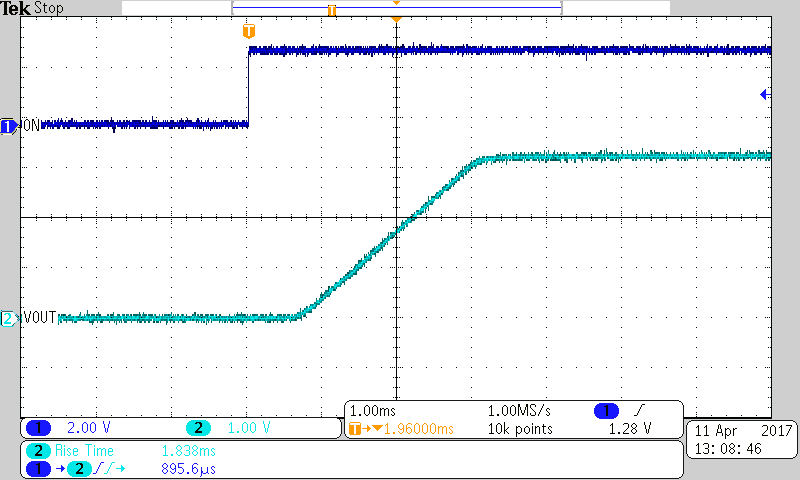Other Parts Discussed in Thread: TPS22990
Hi,
Please let me know about TPS22959 .
Q1.Our customer would like to know the graph data of "Ron vs Iout like a Figure 12 at VIN=3.3V,VBAIS=3.3V".
If you have the information, could you please send to me?
Q2.Our customer would like to know Iout at Figure32 to 39.
I guess that there is RL=10Ω , so Iout is "Vout/RL".
Is my understanding correct?
If No, could you please let me know Iout.
Q3.Our customor would like to know the data of Switching Characteristics at VIN=3.3V,VBAIS=3.3V and Iout=7A.
If you have the information, could you please send to me ?
Best Regards,
Yuto Sakai



